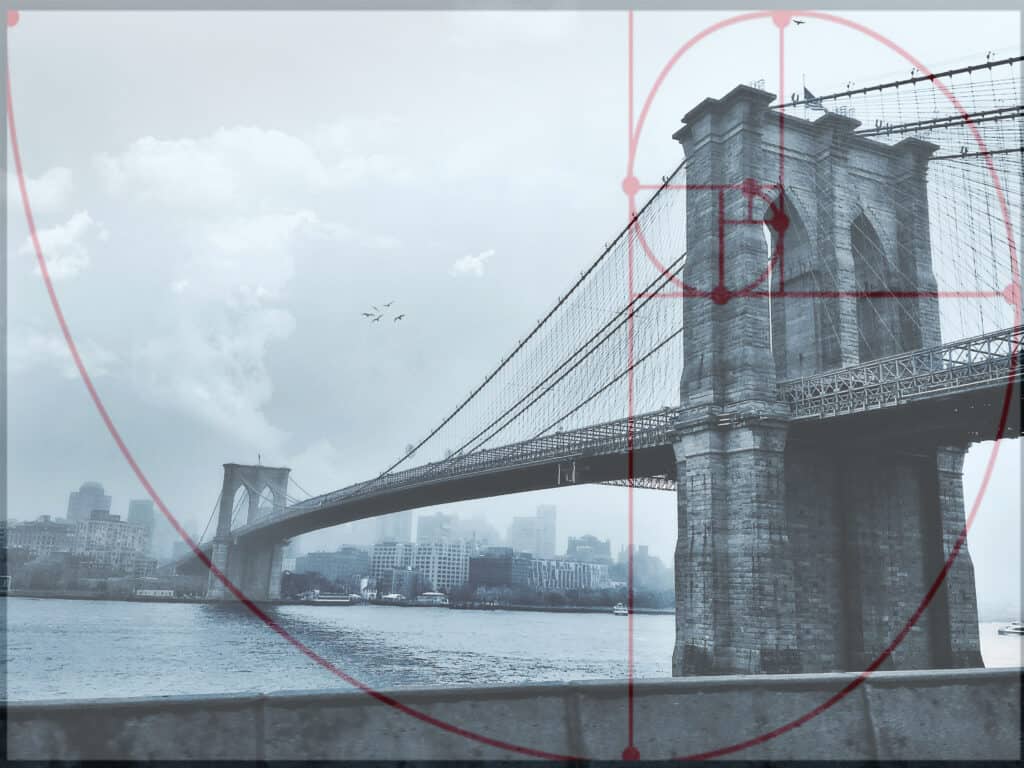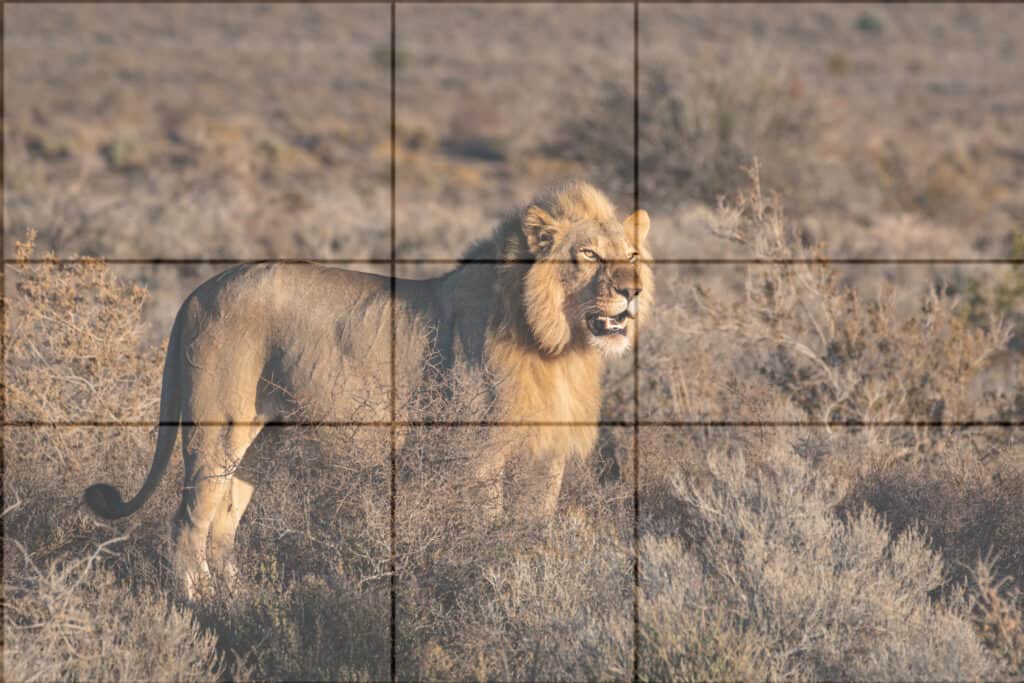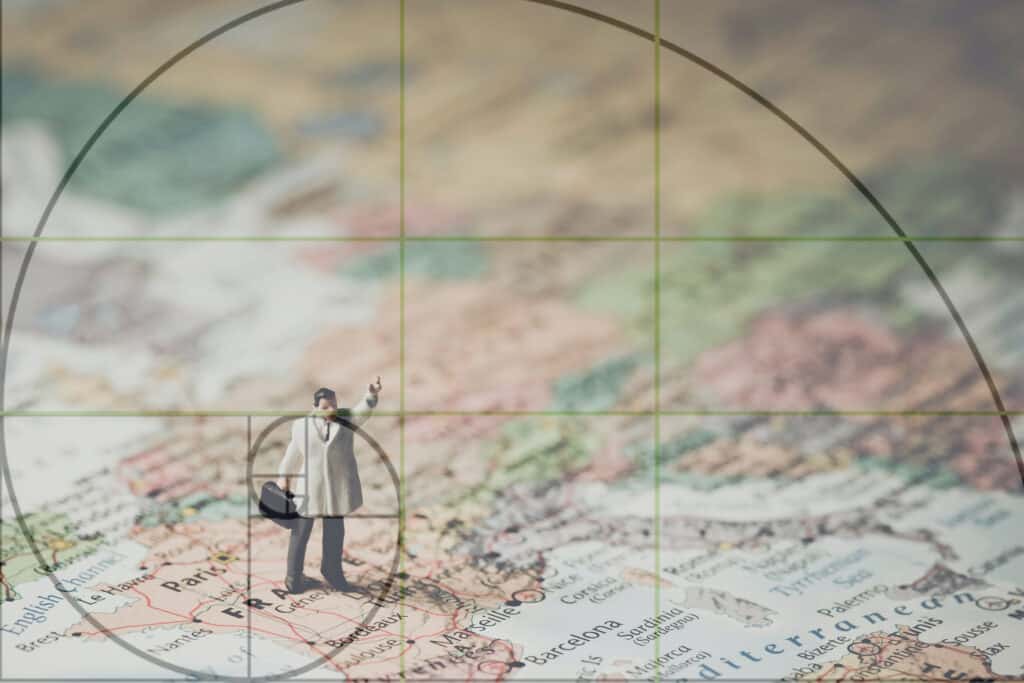The Golden Ratio is one of the oldest compositional rules, and applies to so much more than just photography. The Golden Ratio can be found in painting, architecture, and engineering. But in the photography world, the Golden Ratio is argued to be even more applicable in composition than the Rule of Thirds, Implied Sense of Movement, and more.
The Golden Ratio can be seen in images before they are even taken- taking into consideration the ancient Fibonacci number principle. Here is our guide to the Golden Ratio and how you can use it to your advantage!
What Exactly is the Golden Ratio?
The Golden Ratio is a design principle based on the ratio of 1 to 1.618, which is denoted as ‘the perfect number.’ This stems from the Fibonacci Spiral, which was created from a series of squares using Fibonacci’s numbers, with the length of each square being a Fibonacci number. The golden ration comes from mathematics, rather than art. The Italian mathematician Leonardo Fibonacci came up with the idea when he arranged a series of numbers.
A series of diagonal points on each square will then create a path for which the spiral can flow through the frame. Using the spiral as a tool to compose a photograph will allow the viewer to be led around the image in a natural flow.
Composition relates to the arrangement of elements in a shot. Arrangement refers to everything in your picture, from the mountains in the background to your subject in the forefront. Good composition compliments your image, and makes your photography stand out. As such, the Golden Ratio plays right into this by essentially dictating the arrangement of elements, both from the negative space (whatever area doesn’t have your subject in it) to the positive space (area that does have your subject in it).
Applying the Golden Ratio to Photography
The goal of the Golden Ratio is to create powerful compositions in your work, those that will attract viewers and keep them engaged in your image. The Golden Ratio allows for a composition that is perfectly balanced from a viewer’s perspective. Our human nature states that we naturally prefer to look at an image that is balanced and harmonized. The Golden Ratio creates this balance and harmony.
There are two key ways in which the Golden Ratio can be applied to photography.
The first is via the Fibonacci Spiral. As mentioned above, to create this spiral, a series of diagonal points on each square will then create a path for which the spiral can flow through the frame. You should place the area with the most details in the smallest box of the coil. This does not have to be in one of the corners. It can be anywhere in the frame.

The second is via the Phi Grid. This grid looks similar to the Rule of Thirds grid, but with a distinct difference: Instead of dividing the frame into equal thirds of 1:1:1, the Golden Ratio is applied to divide the frame into sections resulting in a grid that is 1:0.618:1. As a result, the primary intersecting lines are much closer to the middle of the frame. Using this method means that your subject is located a bit more central.

In conclusion, applying the Golden Ratio principles to your photography, whether it be via the spiral or the grid, will improve your composition tenfold.
